Master the Critical Care HESI Exam with the Critical Care HESI Exam: Comprehensive Questions and Detailed Answers for Guaranteed Success (2024-2025), the definitive study guide for nursing students and professionals striving for excellence in critical care certification. This 2024-2025 edition provides an extensive collection of comprehensive questions and detailed answers, meticulously crafted to align with the latest HESI exam standards and clinical practices. Designed to ensure a guaranteed pass, this guide covers all critical care domains, preparing you for the adaptive, scenario-based format of the HESI exam.
Key Features Include:
-
Broad Topic Coverage: Includes hemodynamic monitoring, mechanical ventilation, cardiac emergencies (e.g., acute myocardial infarction), respiratory crises (e.g., ARDS management), and neurological assessments (e.g., using the Glasgow Coma Scale).
-
Scenario-Based Questions: Features real-world scenarios like managing a patient with a dislodged tracheostomy tube or calculating dopamine drips for septic shock, enhancing clinical decision-making skills.
-
Detailed Rationales: Each question is paired with in-depth explanations, covering why answers are correct or incorrect, such as interpreting ABG results for a patient on a ventilator or prioritizing interventions for a client with a pulmonary embolism.
-
Next Gen HESI Alignment: Prepares you for the latest HESI format with question types like case studies, matrix/grid, and bow-tie items, focusing on clinical judgment and critical thinking.
-
Exam-Ready Practice: Mirrors the HESI’s 55-160 question range, including adaptive difficulty, to build confidence for the real exam experience.
-
Proven Success: Helps students achieve a Graded A by providing targeted practice for high-stakes topics like fluid resuscitation using the Parkland formula or EKG strip interpretation for dysrhythmias.
Whether you’re a nursing student preparing for your HESI exit exam or a professional seeking critical care certification, this study guide equips you with the tools to succeed. With a focus on practical application and comprehensive preparation, this resource ensures you’re ready to tackle the most challenging critical care scenarios and pass the HESI exam on your first attempt. Get your copy today and take a confident step toward your nursing career goals!
Preview
The nurse is assessing an older client and determines that the client’s left upper eyelid droops,
covering more of the iris than the right eyelid. Which description should the nurse use to
document this finding?
A. A nystagmus on the left.
B. Exophthalmos on the right.
C. Ptosis on the left eyelid.
D. Astigmatism on the right. – CORRECT ANS-Ptosis on the left eyelid
Rationale: Ptosis is the term to describe an eyelid droop that covers a large portion of the iris (A), which
may result from oculomotor nerve or eyelid muscle disorder. (B) is characterized by rapid,
rhythmic movement of both eyes. (C) is a distortion of the lens of the eye, causing decreased
visual acuity. (D) is a term used to describe a protrusion of the eyeballs that occurs with
hyperthyroidism.
The nurse is assessing a child’s weight and height during a clinic visit prior to starting school.
The nurse plots the child’s weight on the growth chart and notes that the child’s weight is in the
95th percentile for the child’s height. What action should the nurse take?
A. Question the type and quantity of foods eaten in a typical day.
B. Encourage giving two additional snacks each day to the child.
C. Recommend a daily intake of at least four glasses of whole milk.
D. Assess for signs of poor nutrition, such as a pale appearance – CORRECT ANS-A. Question the type and quantity of foods eaten in a typical day.
RATIONALE:
The child is overweight for height, so assessment of the child’s daily diet (C) should be
determined. The child does not need (A or B), both of which will increase the child’s weight.
Poor nutrition (D) is commonly seen in underweight children, not overweight.
A child is receiving maintenance intravenous (IV) fluids at the rate of 1000 mL for the first 10
kg of body weight, plus 50 mL/kg per day for each kilogram between 10 and 20. How many
milliliters per hour should the nurse program the infusion pump for a child who weighs 19.5 kg?
(Enter numeric value only. If rounding is required, round to the nearest whole number.)
A. 24
B. 61
C. 73
D. 58 – CORRECT ANS-B. 61
RATIONALE:
The formula for calculating daily fluid requirements is: 0 to 10 kg, 100 mL/kg per day; or 10 to
20 kg, 1000 mL for the first 10 kg of body weight plus 50 mL/kg per day for each kilogram
between 10 and 20. To determine an hourly rate, divide the total milliliters per day by 24. 19.5
kg x 50 mL/kg = 475 mL + 1000 mL = 1475 mL / 24 hours = 61 mL/hour
covering more of the iris than the right eyelid. Which description should the nurse use to
document this finding?
A. A nystagmus on the left.
B. Exophthalmos on the right.
C. Ptosis on the left eyelid.
D. Astigmatism on the right. – CORRECT ANS-Ptosis on the left eyelid
Rationale: Ptosis is the term to describe an eyelid droop that covers a large portion of the iris (A), which
may result from oculomotor nerve or eyelid muscle disorder. (B) is characterized by rapid,
rhythmic movement of both eyes. (C) is a distortion of the lens of the eye, causing decreased
visual acuity. (D) is a term used to describe a protrusion of the eyeballs that occurs with
hyperthyroidism.
The nurse is assessing a child’s weight and height during a clinic visit prior to starting school.
The nurse plots the child’s weight on the growth chart and notes that the child’s weight is in the
95th percentile for the child’s height. What action should the nurse take?
A. Question the type and quantity of foods eaten in a typical day.
B. Encourage giving two additional snacks each day to the child.
C. Recommend a daily intake of at least four glasses of whole milk.
D. Assess for signs of poor nutrition, such as a pale appearance – CORRECT ANS-A. Question the type and quantity of foods eaten in a typical day.
RATIONALE:
The child is overweight for height, so assessment of the child’s daily diet (C) should be
determined. The child does not need (A or B), both of which will increase the child’s weight.
Poor nutrition (D) is commonly seen in underweight children, not overweight.
A child is receiving maintenance intravenous (IV) fluids at the rate of 1000 mL for the first 10
kg of body weight, plus 50 mL/kg per day for each kilogram between 10 and 20. How many
milliliters per hour should the nurse program the infusion pump for a child who weighs 19.5 kg?
(Enter numeric value only. If rounding is required, round to the nearest whole number.)
A. 24
B. 61
C. 73
D. 58 – CORRECT ANS-B. 61
RATIONALE:
The formula for calculating daily fluid requirements is: 0 to 10 kg, 100 mL/kg per day; or 10 to
20 kg, 1000 mL for the first 10 kg of body weight plus 50 mL/kg per day for each kilogram
between 10 and 20. To determine an hourly rate, divide the total milliliters per day by 24. 19.5
kg x 50 mL/kg = 475 mL + 1000 mL = 1475 mL / 24 hours = 61 mL/hour




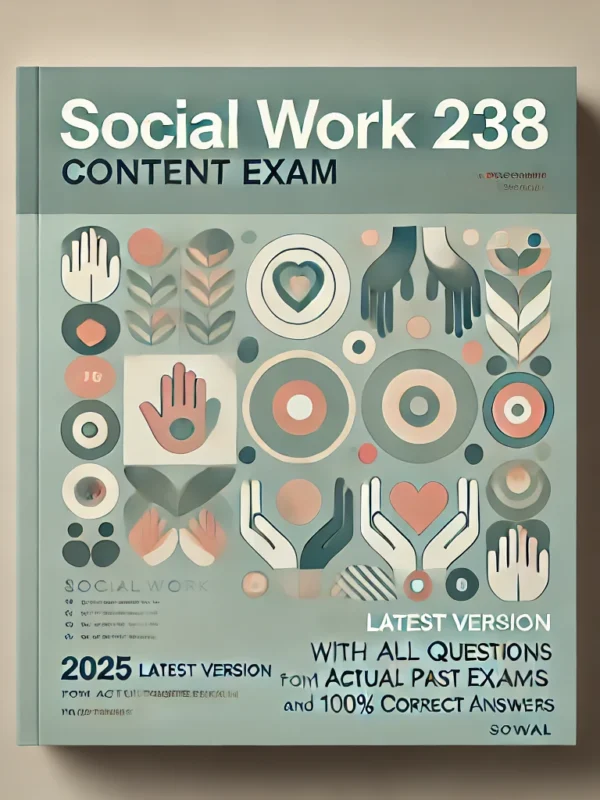
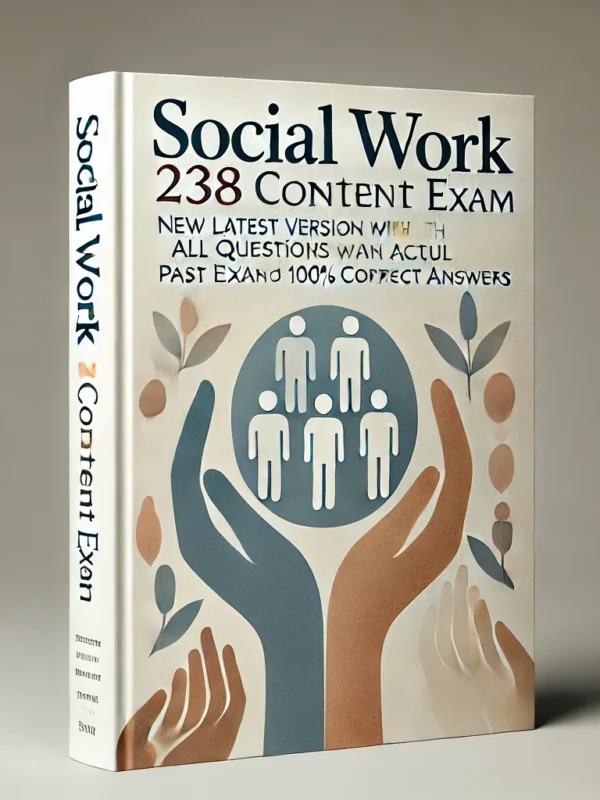

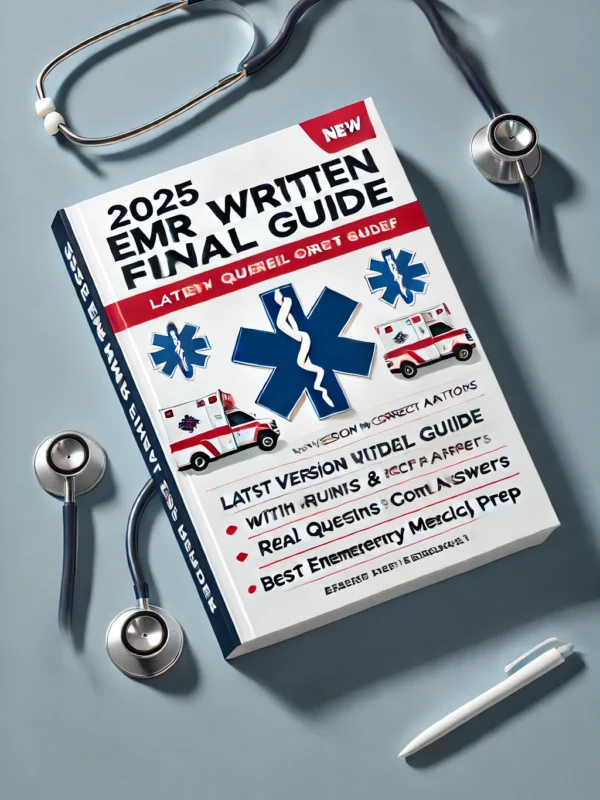
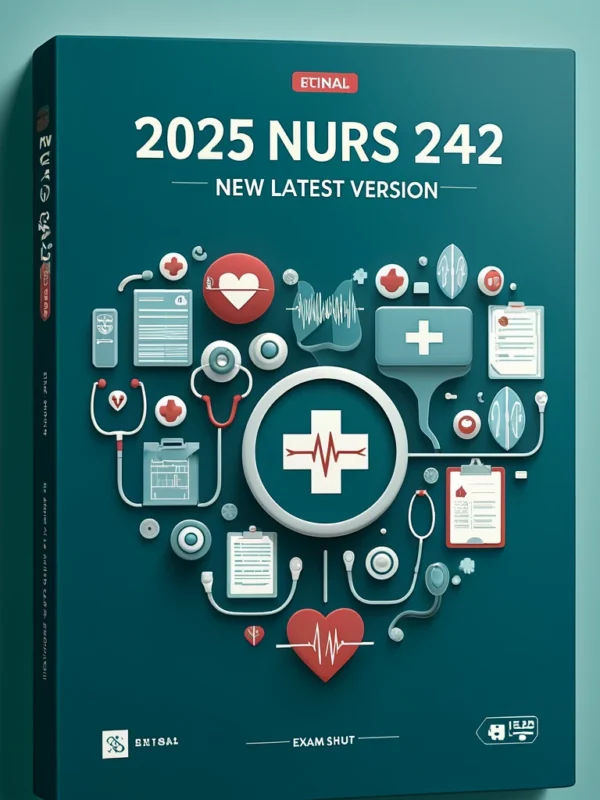
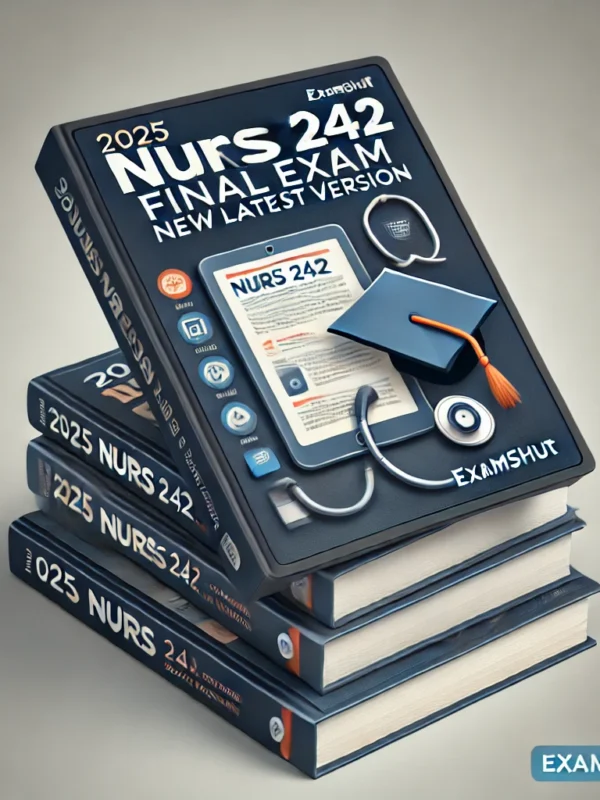
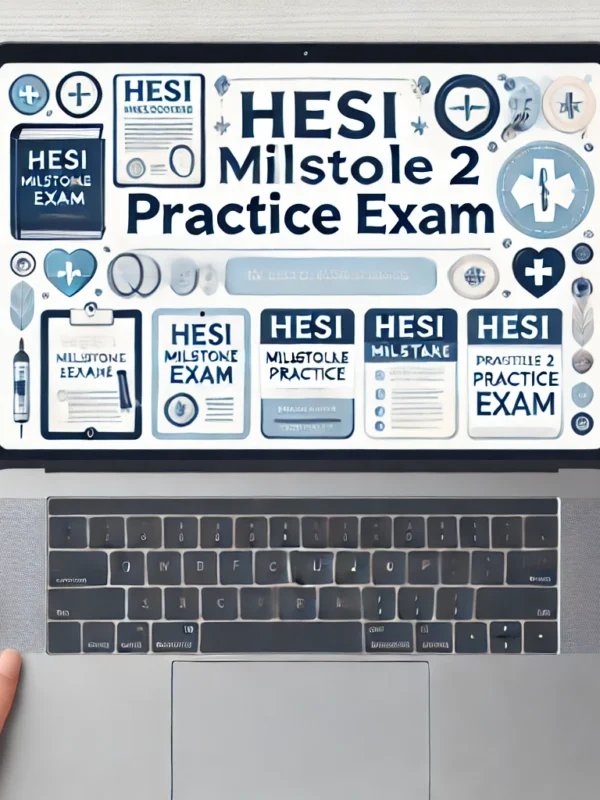
Reviews
There are no reviews yet.